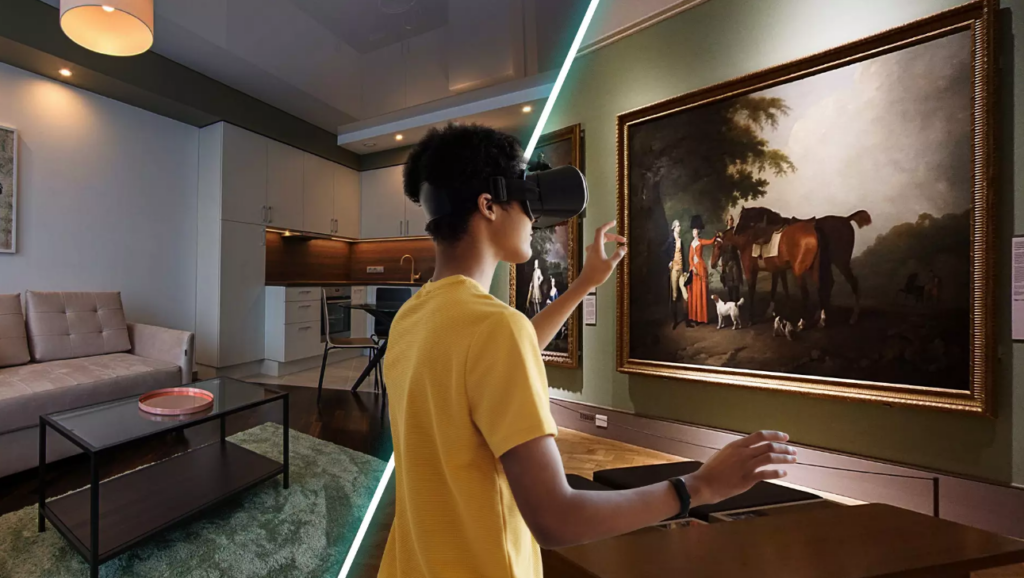
Virtual Galleries: The Future of Digital Artistic Expression
Introduction
In the modern world, technology accompanies us at every step, so art and its perception are no exception. VR (virtual reality) technology has recently become extremely popular among art lovers, as it allows not only to visit museums or art galleries located on the other side of the world, but also to see your favorite works of art in a modern context. This post will analyze the development, challenges and opportunities of virtual art galleries, and discuss must-see galleries.
The emergence and evolution of virtual reality art
The emergence of virtual reality art can be traced back to the 1960s and 1970s, when artists and technologists began exploring computer-generated images of the environment and the possibilities of their representation. However, the greatest interest in virtual reality art has been observed since the end of the last century, with the emergence of digital platforms that allow artists to create in three-dimensional space.
The emergence and development of VR art galleries is most closely associated with the COVID-19 pandemic, when artists were forced to look for alternative ways to reach their audiences. With the emergence of initiatives such as Google Arts & Culture, The Museum of Other Realities, or ArtGate VR, they have become not only a temporary solution during the pandemic, but also an experimental space for artists seeking to try out new forms of artistic expression.
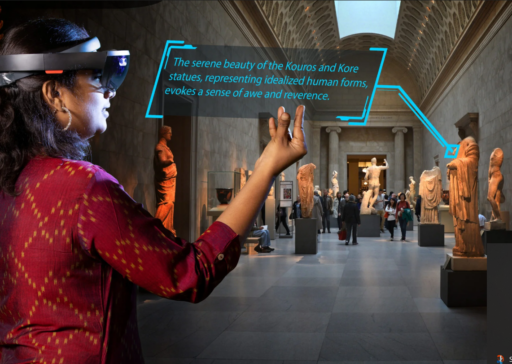
Challenges and opportunities in virtual reality art
With the help of virtual reality, artists’ work, unlike in physical galleries, does not have to obey the limitations of gravity, materiality or physical space, which allows for new, previously unseen creations to unfold. In addition, virtual reality provides the opportunity to integrate additional elements – sound, movement – thus creating multi-layered experiences and enhancing engagement. Another significant opportunity is broad access to art. Virtual art galleries provide access to every viewer regardless of geographical boundaries, thus providing the artist with a huge audience and reducing cultural isolation. Finally, such exhibitions can be easily updated and changed without significant financial or logistical costs.
Despite the obvious advantages of virtual reality, it also faces challenges. Digital art representation can raise questions of authenticity – although virtual space can convey not only the image, but also other elements, the materiality of art, often important in traditional creation, is lost. Also, the full expression of such art requires technology – specific equipment, for example, VR glasses, without which access to the works is limited.
The most popular virtual reality art galleries
Recently, an increasing number of virtual reality art galleries have emerged, significantly contributing to the development of digital art.
- The Museum of Other Realities (MOR), which exhibits works by various artists created specifically for the VR environment. This gallery is distinguished by the fact that it operates not only as a digital equivalent of a traditional museum, but also as an independent creative platform for artists.
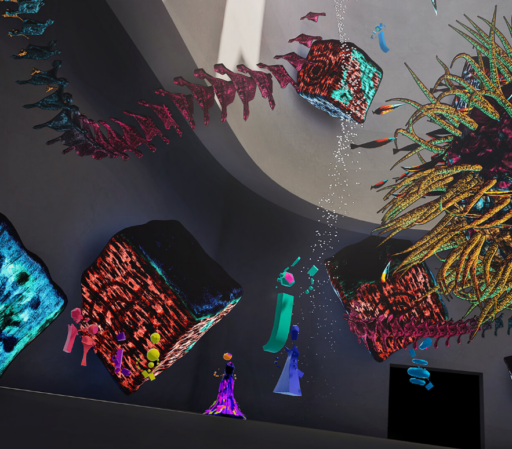
- ArtGate VR. The activities of this gallery are based on a hybrid model – it operates both virtual art galleries and live broadcasts of exhibition openings, during which viewers have the opportunity to interact with artists.
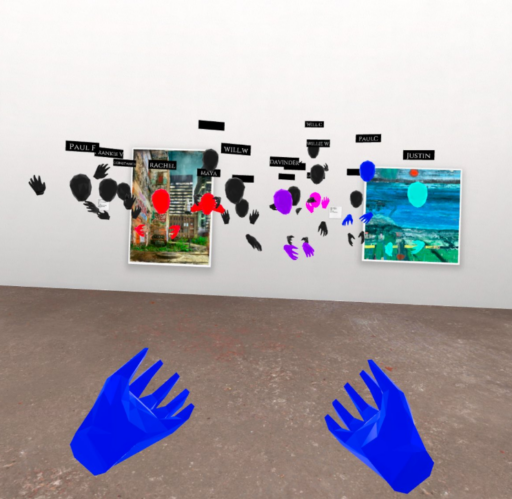
- Acute Art – the uniqueness of this art gallery is its specialization in extremely high-quality VR, AR (augmented reality) projects. The gallery collaborates with some of the most prominent representatives of contemporary art.
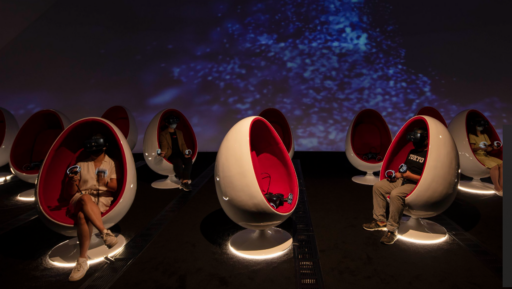
The development of virtual reality art in Lithuania
The development of virtual reality art does not bypass Lithuanian artists. One of the most successful projects of this kind of art in Lithuania is the virtual reality experience “Angelų takais”, based on the works of M. K. Čiurlionis. This project allows viewers to interactively experience Čiurlionis’s work by “traveling” through the artist’s paintings. In addition, after the successful implementation of this project, another project “Pasaulių sutvėrimai” was presented in February of this year, dedicated to the 150th anniversary of the artist’s birth.
Also, Vilnius has a Sensory Art Center, where visitors can see and experience various VR art installations. In this center, visitors have the opportunity to get to know the history and culture of Lithuania up close.

Conclusion
Virtual reality art galleries open up new possibilities for both artists and visitors. While these museums face various challenges, this new, digitized art form creates a unique opportunity to expand the boundaries of art and reach a wider audience.
More From The Author
-
Game Developers as Modern Artists: Beyond Code and Pixels
Introduction As technology evolves, offering increasingly diverse opportunities for activities via computers, phones, and the internet, the very concept of art is also changing. While traditionally, people associate art with paintings or sculptures, today we’ll discuss why game developers, in…
-
The Aesthetics of Blocks: Minecraft as an Art Form
Introduction As times change, so does our understanding of art. In the past, painting and sculpture were dominant forms of artistic expression, but with the rise of modern technology, art has evolved. Video games are now recognized as a contemporary…

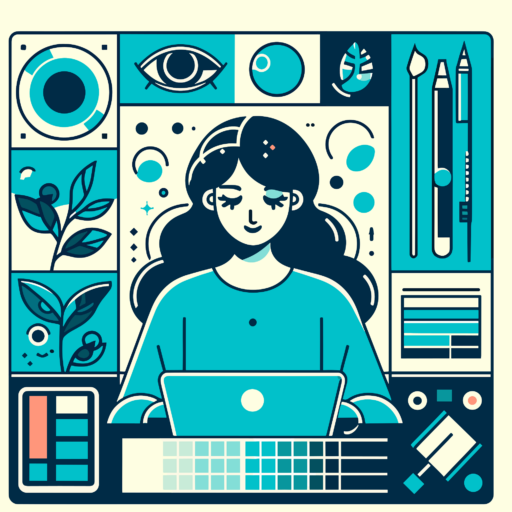

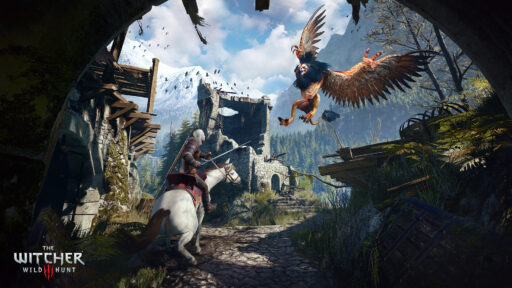


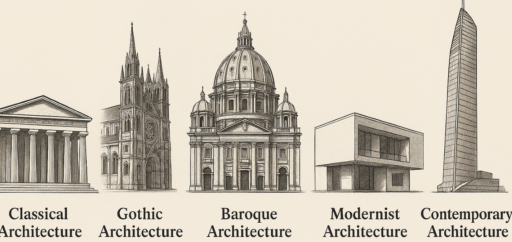
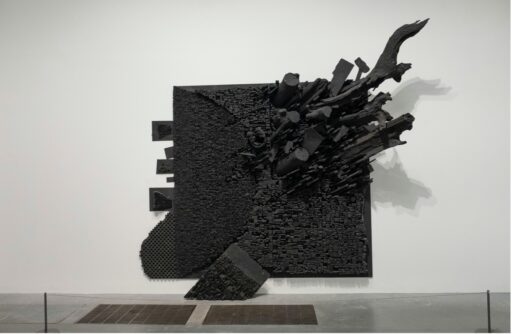

The emergence of art through virtual reality is truly fascinating. And also in your blog, you show us so smoothly the reality to us. VR doesn’t just create new ways to experience art—it transforms the very nature of artistic expression. It allows artists to build immersive worlds where viewers don’t just observe the artwork, they live inside it.
This technology blurs the line between creator and audience, offering an emotional and sensory experience that traditional mediums could never fully capture. It’s exciting to think about how VR will continue to push the boundaries of imagination and redefine what we call “art” in the future.
I never really thought about art in VR until now. I’ll have to look those up, as I have a VR ready to go!